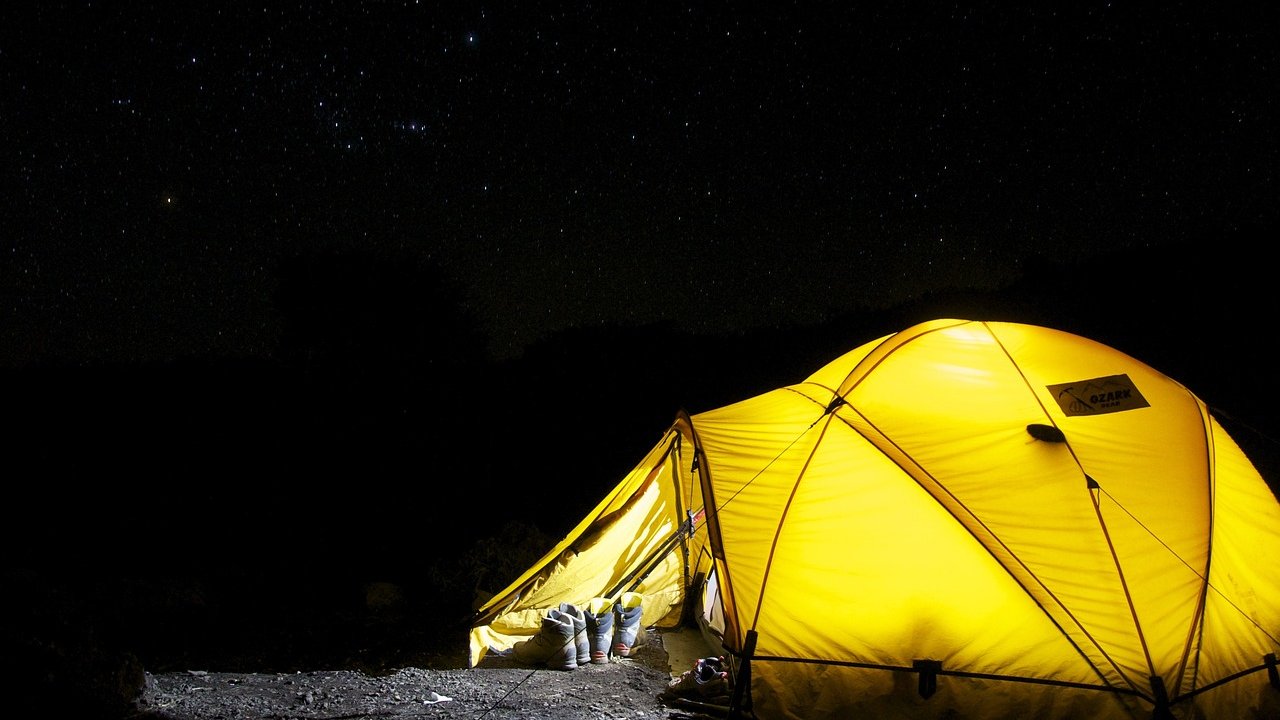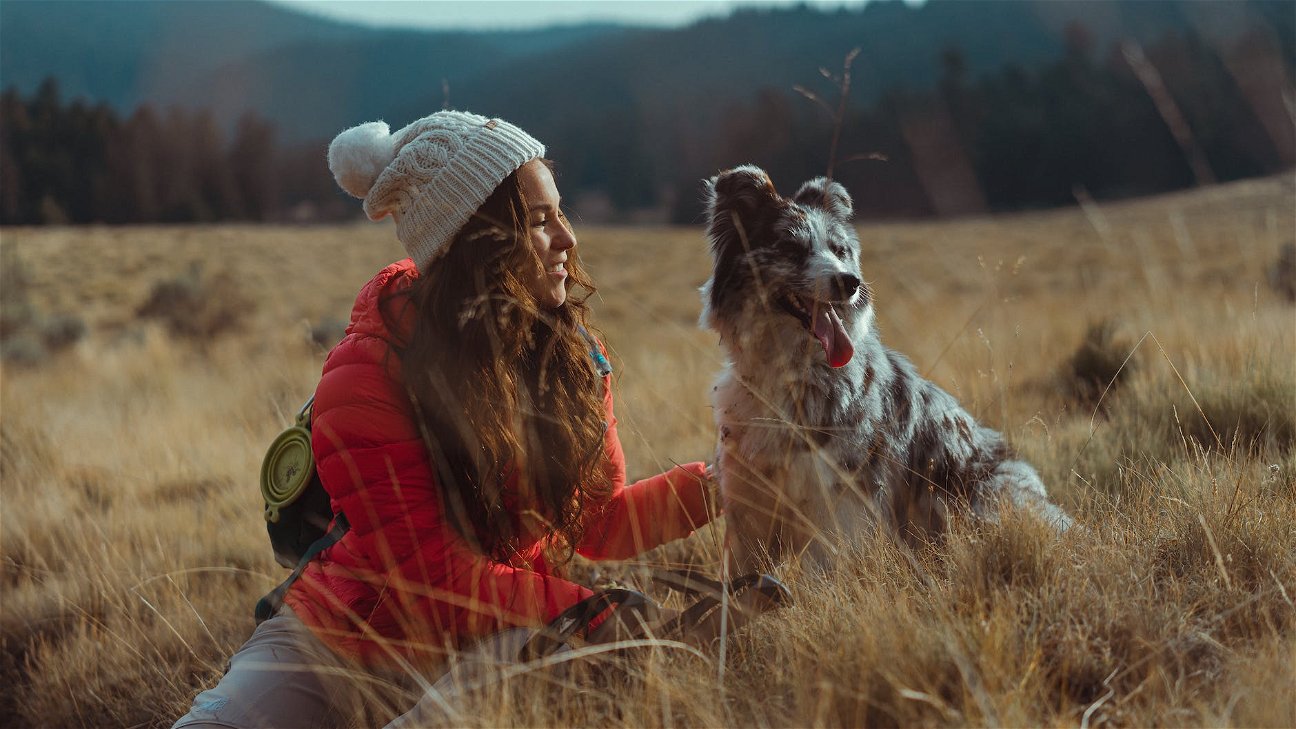
Are you tired of seeing the same old colors on your clothes, fabrics, and other items? Want to try something new and creative? Why not venture into the world of DIY natural dyeing! It's a great way to bring fresh, vibrant colors into your life while being eco-friendly. Let's explore together!
What is Natural Dyeing?
Natural dyeing is a process of coloring fabrics and other materials using dyes derived from natural sources like plants, fruits, vegetables, and even insects. The best part? You can do it yourself at home!
Why Choose Natural Dyeing?
Unlike synthetic dyes, which often contain harmful chemicals, natural dyes are eco-friendly and safer to use. They also offer unique, vibrant colors that can't be replicated by synthetic dyes.
Preparing for Natural Dyeing
Before you start, make sure you have the right materials and tools. You'll need:
- Natural dye sources (plants, fruits, vegetables)
- Fabric or other material to dye
- A large pot for boiling
- Strainers or cheesecloth
- Rubber gloves
Safety Tip: Always wear gloves when handling dyes to protect your skin.
DIY Natural Dyeing Techniques
There are many ways to dye with natural sources, but here are some of the most popular methods:
-
Direct Dyeing: This is the simplest method. Just soak the material in a dye bath made from boiled natural sources.
-
Mordant Dyeing: In this method, the material is first treated with a mordant, which helps the dye adhere better to the material.
-
Resist Dyeing: In this technique, certain areas of the material are covered or 'resisted' to create patterns.
Making Your Own Natural Dyes
Creating your own dyes is a fun and rewarding process. Here's a simple recipe to get you started:
Ingredients:
- 2 cups of plant material (berries, leaves, flowers)
- 4 cups of water
- 1 cup of vinegar
Instructions:
- Chop the plant material into small pieces.
- Place the plant material and water in a large pot.
- Bring the mixture to a boil, then reduce heat and simmer for about an hour.
- Strain the mixture and add the vinegar.
- Soak your material in the dye bath until it reaches the desired color.
Natural Dyeing Color Chart
To help you get started, here's a color chart of the most common natural dye sources and the colors they produce:
Remember, experimenting is part of the fun! Don't be afraid to try different sources and techniques to achieve the color you want.
Natural Dyeing vs. Synthetic Dyeing
While natural dyeing can be more labor-intensive than synthetic dyeing, the benefits are worth it. Not only do you get to create your own unique colors, but you also contribute to a healthier environment by reducing chemical waste.
So, are you ready to dive into the world of DIY natural dyeing?











